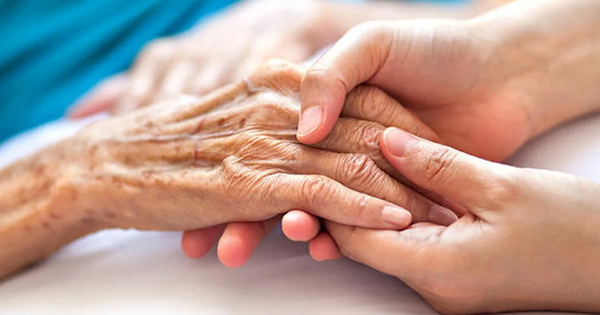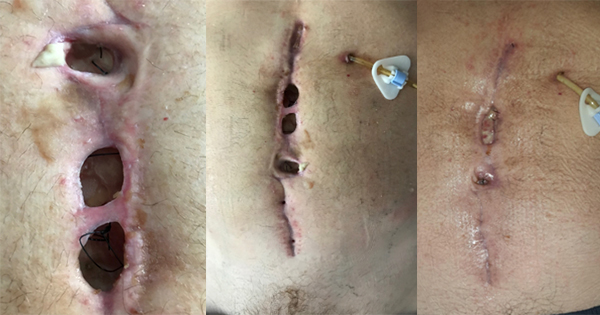Mechanical forces influence cellular organisation and behaviour. Without mechanical stimuli, cells stop proliferating and migrating, undergo cell-cycle arrest and eventually die. Mechanical cues, therefore, have fundamental effects on wound healing. A literature review was conducted to explore the effects of micromechanical forces and tissue reactions at a microscopic level on wound healing, and how these forces may be harnessed in wound care. It is clear from research from a range of databases, chiefly on non-wound tissues, that micromechanical forces can have a significant influence on tissue growth and function. When applied to wound healing, it can be deduced that these forces alter cell proliferation and differentiation, and affect cytokine release and matrix protein secretion. In contrast to healing wounds, the structural requisites for the transduction of mechanical cues are lacking in chronic wounds. The absence of extracellular matrix and the accumulation of wound fluid can lead to the formation of dead space, across which mechanical stimuli cannot be transferred. It is suggested that application of micromechanical forces to chronic wounds either by negative pressure wound therapy or specially designed dressings will promote wound healing by induction of appropriate microdeformation and that further research is needed in this area.






